Narrative Elements Teaching Resources
Are you teaching narrative elements and looking for worksheets and activities to get students excited about tone, narration, plot and a host of other elements to writing a great story? Wondering how to engage primary students on the concept of character traits and make plot development as exciting as recess?
The English teachers on the Teach Starter team have done just that with a collection of printable worksheets and digital activities built around this core reading standard. Aligned with the Australian English curriculum, each narrative elements activity in this collection has undergone a careful review by a member of our teacher team to ensure it's ready for your lesson plans and your students.
Explore our teacher team's guide to learn more about the various narrative elements and how to bring them to life in your classroom!
Is this your first year teaching about these story elements? Or the first year in a while? Our teacher team has put together a quick refresher to get you ready to rock and roll in the classroom, including a way to explain what narrative elements are.
What Are Narrative Elements? A Kid-Friendly Definition
First thing's first: Let's talk about the definition.
Narrative elements are the basic components of writing that the author uses to share the story with the reader. Without them, the narrative falls apart!
They are sometimes referred to as story elements or literary elements. No matter what you call them, these elements give a piece of writing structure and help the author convey information to the reader.
On the reading side, literary elements are also key to breaking down a story to understand better what the author is trying to say.
What Are Examples of Narrative Elements? 8 Examples That Can Help Your Students
There are eight main examples of narrative elements that students will encounter in narrative texts:
1. Setting
This element is crucial for developing a story as it provides the time in which the story takes place as well as where it takes place. Setting helps ground the story.
2. Plot
The plot is the way a story unfolds. It's essentially a pattern for the text.
3. Conflict
Conflict helps move a plot forward as it offers the reader a climax to move toward as they read.
4. Characterisation
This element of writing covers the way characters are developed within a story.
5. Point of View
Also called narration, this literary element is the perspective from which a story is told, such as first person or third person.
6. Tone
The tone of a story can be boiled down to the author's attitude about the subject of the story.
7. Genre
Genre covers the type of story written, such as realistic fiction, science fiction or even magical realism.
8. Figurative Language
Similes, metaphors and onomatopoeia are just some examples of the figurative language students may encounter in a text.
- Plus Plan
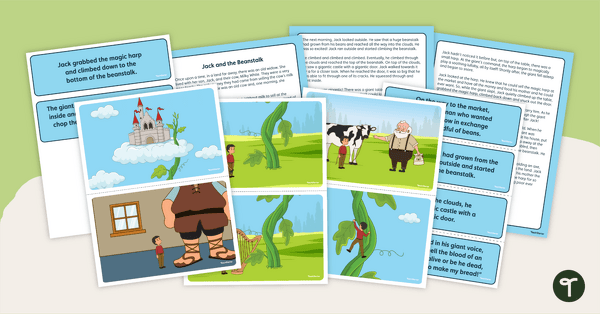
Jack and the Beanstalk Retelling Activity Cards
Teach your students about retelling with this set of sequencing cards for Jack and the Beanstalk.
- Plus Plan
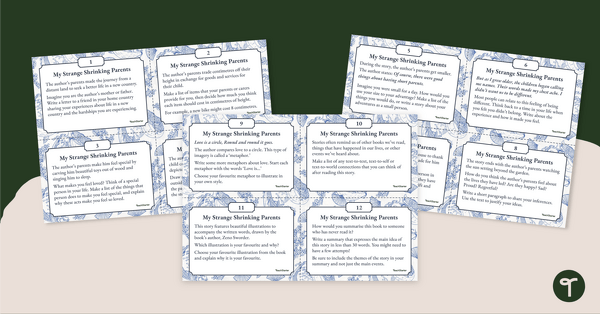
My Strange Shrinking Parents – Literature Task Cards
Deep dive into the characters and themes of Zeno Sworder’s highly acclaimed book, My Strange Shrinking Parents, with this set of 12 literature task cards.
- Plus Plan
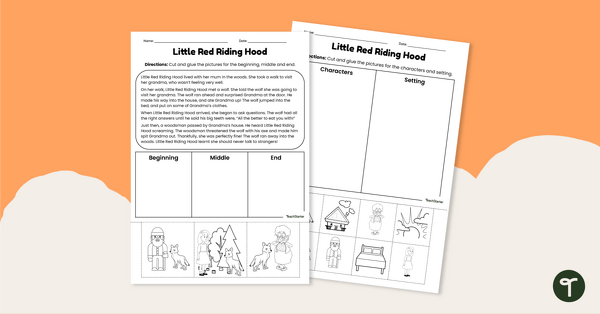
Story Elements Cut and Paste Worksheets – Little Red Riding Hood
Explore story characters, settings and main events with this set of cut-and-paste worksheets based on a well-known fairy tale.
- Plus Plan
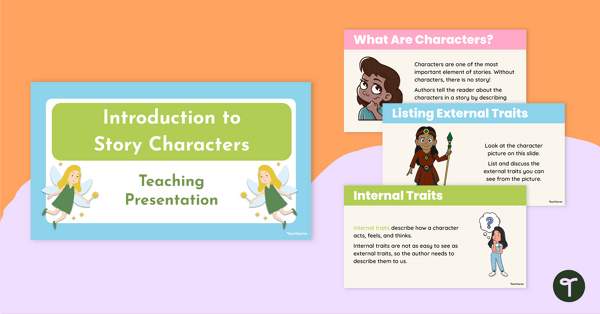
Introduction to Story Characters Teaching Slides
Introduce your students to the wonderful world of story characters with this visually appealing teaching presentation.
- Plus Plan
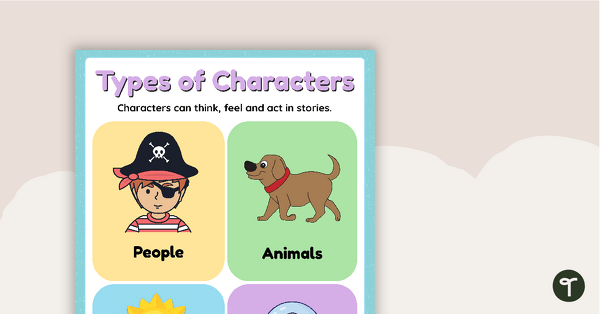
Types of Characters - Poster
Remind students about the types of characters that can be found in stories with this colourful classroom poster.
- Plus Plan
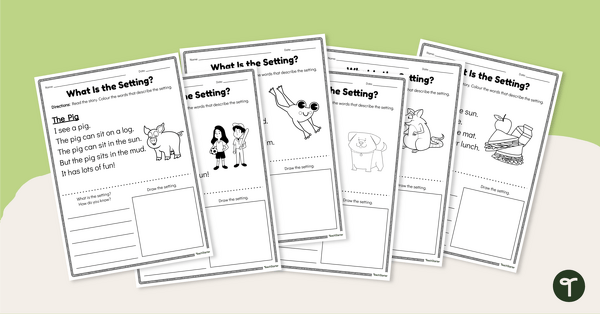
What Is the Setting? - Worksheets
Encourage your students to identify the setting in short and simple texts with this set of six worksheets.
- Plus Plan
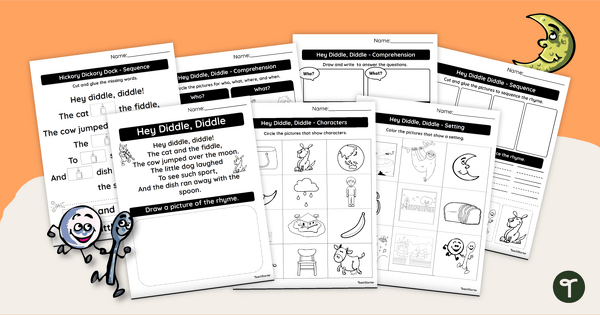
Narrative Features Worksheets - Hey Diddle Diddle
Identify characters, settings and parts of a story with early years reading worksheets featuring the Hey Diddle Diddle nursery rhyme.
- Plus Plan
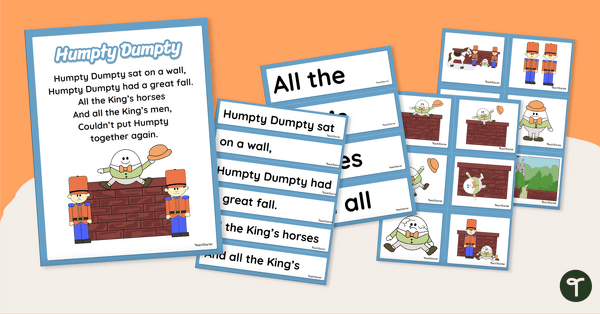
Humpty Dumpty Sequencing Activity Cards
Read and retell the story within the Humpty Dumpty tale with a set of retelling sequencing cards.
- Plus Plan
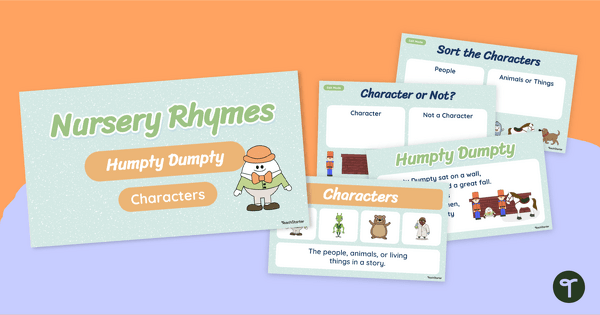
Narrative Characters Teaching Presentation - Humpty Dumpty
Engage young readers in texts and learn about characters with an instructional slide deck featuring the Humpty Dumpty rhyme.
- Plus Plan
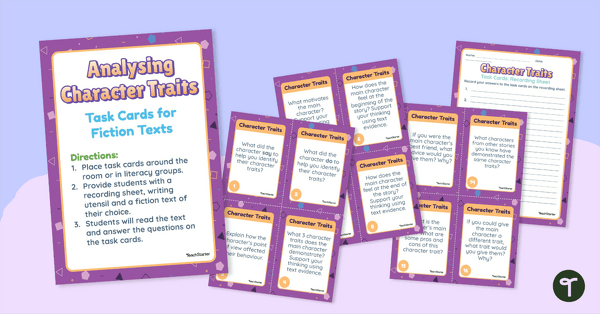
Character Analysis Task Cards
Get your students to perform a character analysis for any fictional character using this set of 20 task cards.
- Plus Plan
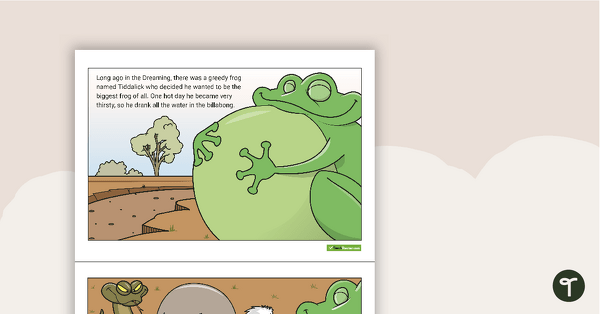
Tiddalick the Frog Dreaming Story Sequencing Activity Cards
Use these Tiddalick the Frog sequencing activity cards as a resource for teaching Australian Dreaming Stories.
- Plus Plan
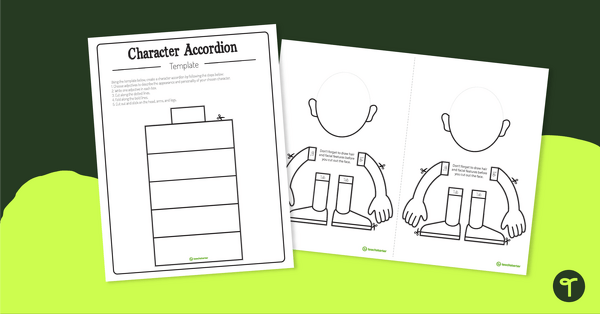
Character Adjective Concertina Template – Blank
Learn how adjectives can be used to describe a character's appearance and personality with a hands-on craft activity aligned to the English curriculum.
- Plus Plan
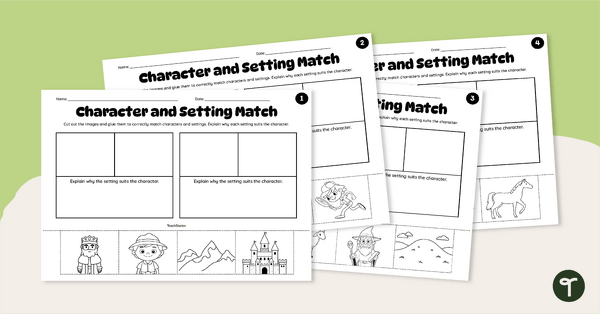
Character and Setting Connections Cut-and-Paste Pack
Explore the connection between characters and settings with this cut and paste activity pack.
- Plus Plan
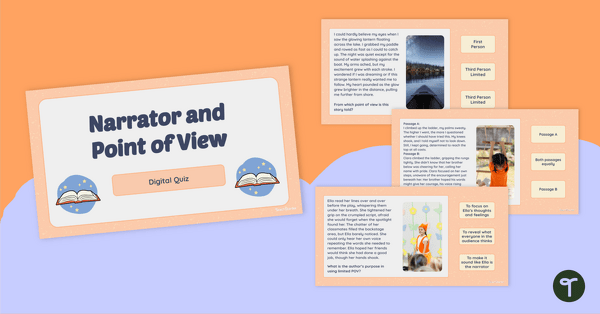
Narrator and Point of View Digital Quiz
Discover how narrator and point of view can be taught in a fun and engaging way with this interactive quiz designed to help primary students become confident readers and critical thinkers.
- Plus Plan
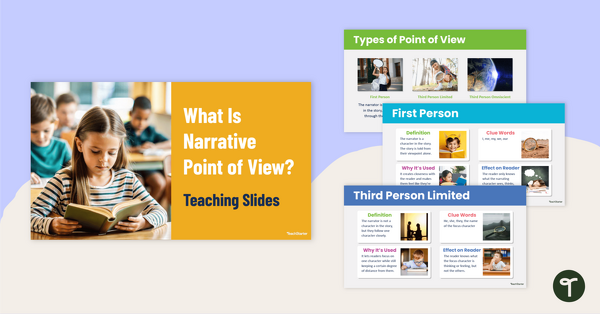
What Is Narrative Voice? Teaching Slides
Answer the question “What is narrative voice?” with this engaging slide deck that helps students understand first person, third person limited and third person omniscient narration.
- Plus Plan

Point of View in a Narrative Booklet
Explore point of view in a narrative with this engaging mini book that helps students analyse the narrative voice of a book they have recently read.
- Plus Plan
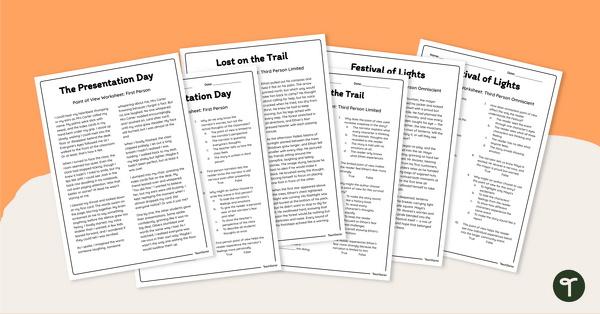
Narration and Point of View Worksheets
Use these narration and point of view comprehension passages to help students explore different narrative voices in literary texts.
- Plus Plan
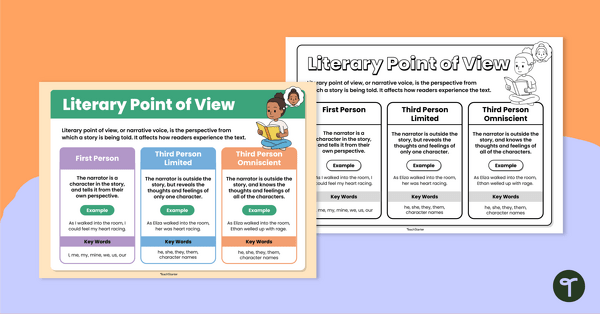
Types of Point of View in Literature Poster
Teach the types of point of view in literature with this classroom poster that explains first person, third person limited, and third person omniscient narration.
- Plus Plan
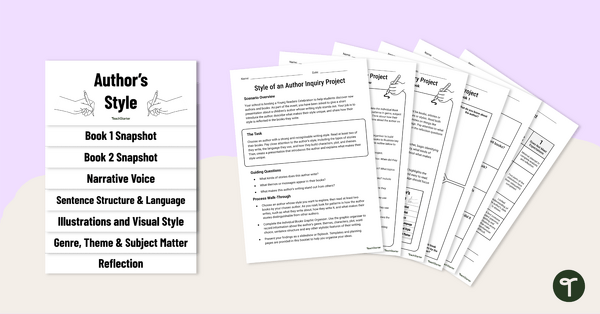
Style of an Author Inquiry Project
Explore the style of an author with this engaging classroom project that helps students analyse, understand and present what makes an author’s writing unique.
- Plus Plan

Story Archetypes Teaching Slides
Teach story archetypes with this engaging slide deck that introduces students to ten of the most common plot patterns in literature.
- Plus Plan
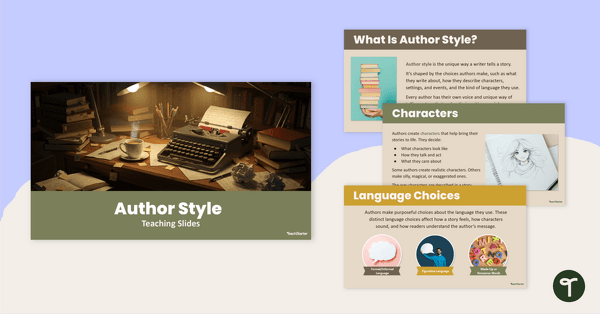
Author Style Teaching Slides
Teach your students about author style with this engaging slide deck that helps students understand the different elements that make up an author’s unique voice.
- Plus Plan
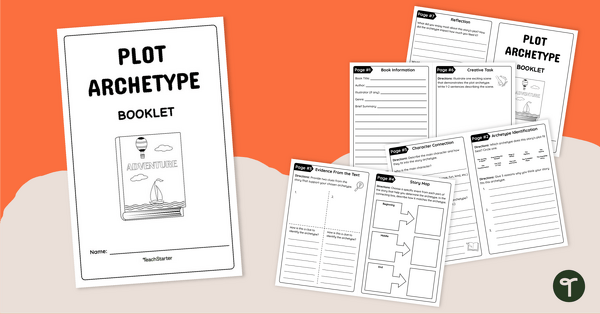
Plot Archetypes Booklet
Explore plot archetypes with this engaging 8-page mini book that helps students analyse familiar story structures.
- Plus Plan
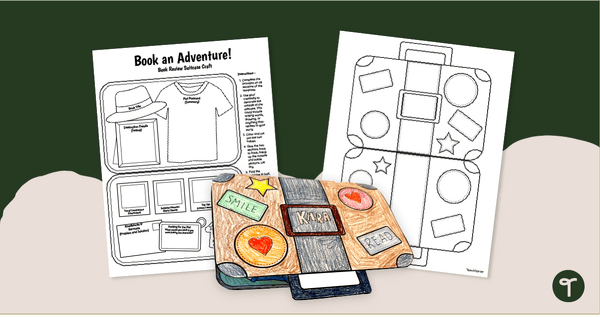
Book an Adventure Craft - Suitcase Book Review
Boost reading comprehension skills with a Book an Adventure Craft to engage young readers during Children’s Book Week.
- Plus Plan
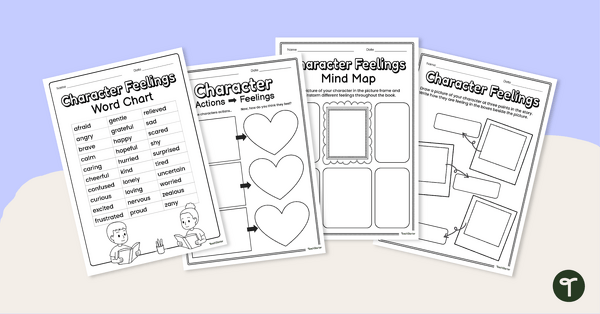
Character Emotions Chart and Worksheets
Explore character emotions in stories using this Character Emotions Chart and matching character Graphic Organisers
- Plus Plan
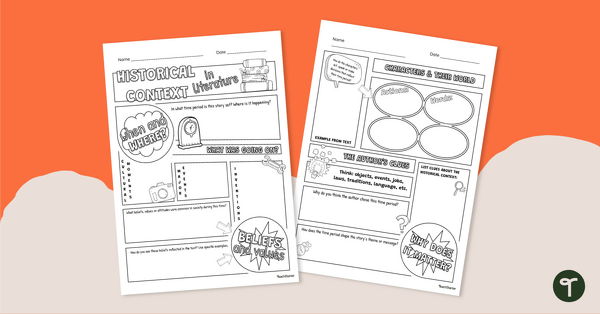
Historical Context in Literature Graphic Organiser
Support students to explore historical context in literature with this two-page graphic organiser that helps them record key historical details from a piece of literature.
- Plus Plan

Literary Comparison Task Cards
Encourage deeper thinking through literary comparison with this engaging set of task cards designed to prompt meaningful analysis between two texts.
- Plus Plan
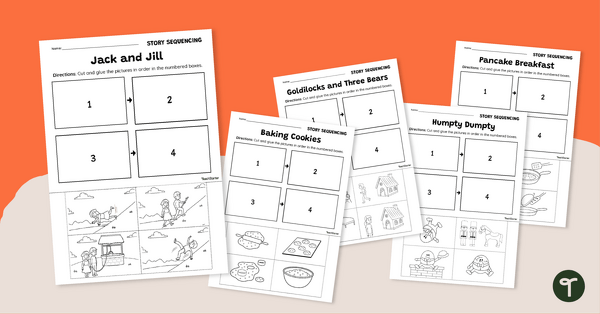
Picture Story Sequencing Worksheets
Help your students build strong visual literacy skills with these Picture Story Sequencing cut and paste worksheet pack.
- Plus Plan

Mood Anchor Chart- Literary Element Poster
Introduce your students to mood, the atmosphere-creating literary element, with a printable Mood Anchor Chart.
- Plus Plan
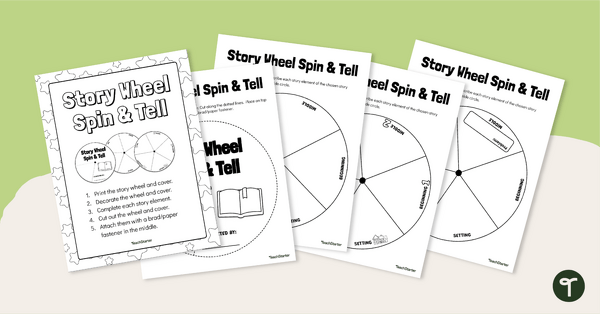
Basic Elements of a Story Spinner Template
Learn the basic elements of a story using this fun and engaging story spinner template for your students.
- Plus Plan
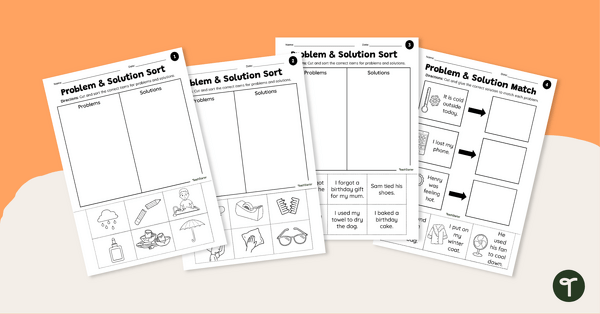
Problem and Solution Worksheets
Explore narrative elements with this set of problem and solution worksheets.
- Plus Plan
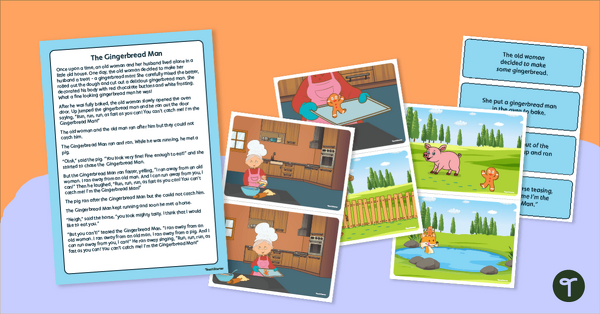
The Gingerbread Man Story Sequencing Cards
Teach your students about retelling with this set of printable gingerbread man story sequencing cards.
- Plus Plan
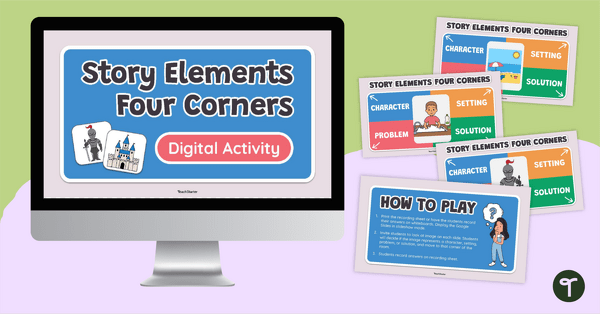
Story Elements Four Corners
Engage your students in exploring key story elements with this Four Corners activity!
- Narrative Elements Worksheets
- Narrative Elements Templates
- Narrative Elements Teaching Presentations
- Narrative Elements Games
- Narrative Elements Posters
- Narrative Elements for Foundation Year
- Narrative Elements for Year 1
- Narrative Elements for Year 2
- Narrative Elements for Year 3
- Narrative Elements for Year 4
- Narrative Elements for Year 5
- Narrative Elements for Year 6